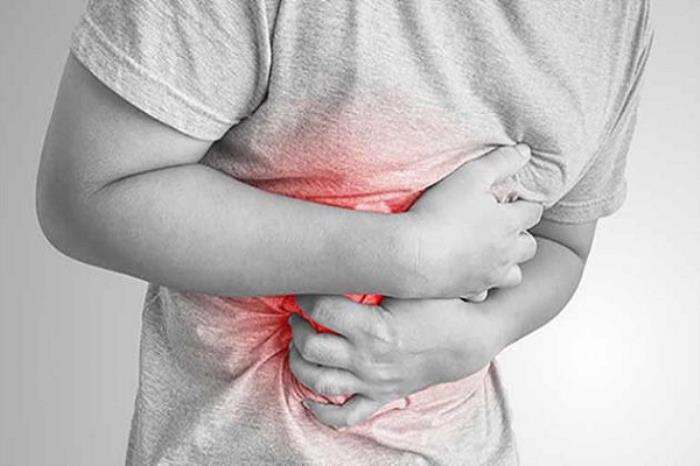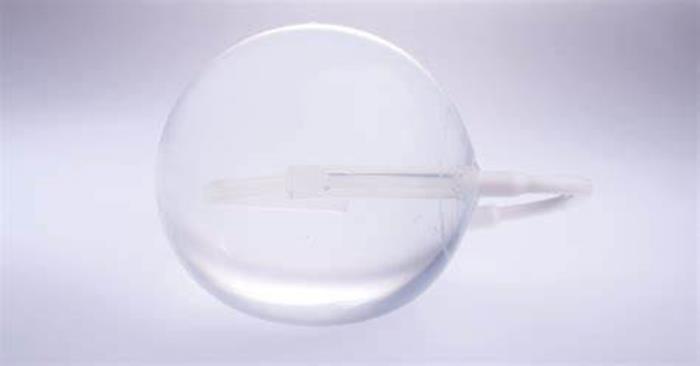Intragastric balloon treatment, while effective for weight loss, comes with certain risks due to its non-surgical nature and direct impact on the digestive system. These risks include discomfort, nausea, vomiting, acid reflux, and rare complications like balloon deflation or migration. While most side effects are temporary and manageable, they can significantly affect a patient’s quality of life during the adjustment period. Awareness and proactive management of these risks are essential to ensure the success and safety of the treatment.
Common Side Effects After Intragastric Balloon Placement
Patients undergoing intragastric balloon treatment often experience temporary side effects, especially during the first few days after placement. These include nausea, vomiting, abdominal discomfort, bloating, and acid reflux, as the stomach adjusts to the balloon. While these symptoms are common and generally subside with time, they can be distressing. Healthcare providers typically recommend medications to alleviate these side effects and improve patient comfort during the initial phase.
Gastric Discomfort: What to Expect After the Procedure
Gastric discomfort is one of the most common experiences following intragastric balloon placement. The sensation is caused by the presence of a foreign object in the stomach and the resulting irritation of the gastric lining. Patients may feel bloated or experience mild to moderate cramping as their body adapts to the balloon. This discomfort is usually temporary and can be managed with dietary modifications and prescribed medications.

Nausea and Vomiting: Managing Initial Symptoms
Nausea and vomiting are frequent symptoms after intragastric balloon placement, especially during the first few days as the stomach adjusts. These symptoms occur as the body reacts to the balloon, often perceiving it as a foreign object. Anti-nausea medications are typically prescribed to help manage these effects. Following a recommended liquid diet during the initial phase can also minimize irritation and improve patient tolerance.
Risk of Balloon Deflation and Migration
Although rare, one of the significant risks associated with intragastric balloon treatment is balloon deflation, which can lead to migration into the digestive tract. If the balloon moves into the intestines, it can cause obstruction, requiring prompt medical intervention or surgical removal. To mitigate this risk, high-quality balloons are used, and patients are advised to follow up regularly with their healthcare providers to monitor the balloon's condition.
Gastric Ulcers: A Rare but Serious Complication
In some cases, the intragastric balloon can cause irritation to the stomach lining, leading to the development of gastric ulcers. This rare complication occurs due to prolonged contact between the balloon and the stomach wall. Symptoms may include severe abdominal pain, nausea, or bleeding. Early detection through regular monitoring and the use of protective medications, such as proton pump inhibitors, can prevent or manage this complication effectively.
Esophageal Irritation and Acid Reflux After Balloon Placement
Esophageal irritation and acid reflux are common side effects of intragastric balloon placement due to increased pressure on the stomach and lower esophageal sphincter. Patients may experience heartburn, regurgitation, or a burning sensation in the chest. Dietary adjustments, lifestyle changes, and medications like antacids or proton pump inhibitors can help alleviate these symptoms and improve overall comfort. Regular follow-ups ensure that these issues are addressed promptly.
The Risk of Intestinal Obstruction Due to Balloon Migration
One potential complication of intragastric balloon treatment is the migration of the balloon into the intestines, which can lead to an obstruction. This occurs if the balloon deflates prematurely and moves out of the stomach, causing symptoms like abdominal pain, nausea, vomiting, and constipation. Immediate medical attention is necessary to address this condition.

Allergic Reactions to the Balloon Material
Although rare, some patients may experience allergic reactions to the materials used in the balloon, such as silicone. Symptoms can include rash, itching, swelling, or more severe reactions like difficulty breathing. A thorough medical evaluation before the procedure can help identify potential allergic risks.
How Overinflation Can Lead to Gastric Perforation
Overinflation of the intragastric balloon, whether during or after placement, increases the risk of gastric perforation. This serious complication involves a tear in the stomach wall, requiring immediate surgical intervention. Careful monitoring and adherence to recommended balloon volumes can mitigate this risk.
Infection Risks Associated with Intragastric Balloon Treatment
Infections can occur as a complication of intragastric balloon placement, often due to bacterial contamination during the procedure. Signs of infection may include fever, abdominal pain, and nausea. Proper sterilization techniques and post-procedure care are essential to prevent infections.
Psychological Challenges After Balloon Placement
Adjusting to the intragastric balloon can present psychological challenges, including feelings of anxiety, stress, or frustration due to changes in eating habits and lifestyle. Support from healthcare providers, counselors, or support groups can help patients cope effectively.
Nutritional Deficiencies Due to Reduced Food Intake
The reduced stomach capacity caused by the intragastric balloon may lead to nutritional deficiencies if the diet is not carefully planned. Patients are often advised to take supplements and work with a dietitian to ensure they meet their nutritional needs.
Managing Dehydration During the Initial Adjustment Period
Dehydration is common in the initial days after balloon placement due to nausea and vomiting. Patients are encouraged to sip water frequently and consume electrolyte-rich fluids to stay hydrated and prevent complications associated with fluid loss.
The Importance of Proper Balloon Removal to Avoid Complications
Proper removal of the intragastric balloon is crucial to avoid complications such as esophageal tears or damage to the stomach lining. Removal should be performed by an experienced medical professional following established protocols.
Understanding the Risk of Weight Regain After Balloon Removal
Weight regain is a common concern after balloon removal, as the stomach returns to its normal size. Adopting long-term dietary and lifestyle changes, along with regular follow-up care, can help maintain weight loss and prevent relapse.
Pre-Existing Conditions That May Increase Complication Risks
Certain pre-existing conditions, such as gastrointestinal ulcers, inflammatory bowel disease, or severe hiatal hernias, can increase the risks associated with intragastric balloon treatment. A comprehensive medical evaluation prior to the procedure is necessary to identify and mitigate these risks.
Importance of Following Medical Guidelines to Minimize Risks
Strict adherence to medical guidelines, including pre-procedure preparation, post-placement care, and dietary adjustments, is essential to minimize risks and ensure the safety and success of intragastric balloon treatment.
Role of Follow-Up Care in Managing Complications
Regular follow-up appointments allow healthcare providers to monitor progress, address complications early, and make necessary adjustments to the treatment plan. This ongoing care is vital for achieving optimal outcomes.
Advances in Technology to Reduce Risks of Intragastric Balloon Treatment
Innovations in intragastric balloon technology, such as improved materials, adjustable balloons, and non-endoscopic placement techniques, have significantly reduced the risks associated with the procedure. These advancements enhance safety and patient comfort.
Best Intragastric Balloon Treatment in India
The Best Intragastric Balloon Treatment in India offers a non-surgical weight-loss solution by placing a balloon in the stomach to reduce hunger and promote healthy eating habits.
Best Intragastric Balloon Hospitals in India
The Best Intragastric Balloon Hospitals in India are equipped with advanced endoscopy technology and skilled medical teams, providing safe and effective weight-loss treatments.
Intragastric Balloon Treatment Cost in India
The Intragastric Balloon Treatment Cost in India is cost-effective, offering patients an affordable and efficient option for achieving significant weight loss under expert care.
Best Intragastric Balloon Specialists in India
The Best Intragastric Balloon Specialists in India are experienced in performing this procedure, providing personalized guidance and comprehensive support to ensure successful weight-loss outcomes.
FAQ Section
1. What are the most common side effects of intragastric balloon treatment?
The most common side effects include nausea, vomiting, abdominal discomfort, and a feeling of heaviness in the stomach, especially during the initial adjustment period.
2. How can I reduce the risk of complications after balloon placement?
Following medical advice, maintaining good hydration, adhering to a recommended diet, and attending regular follow-up appointments can help minimize risks.
3. What happens if the intragastric balloon deflates?
If the balloon deflates, it may migrate to the intestines and cause an obstruction. This requires immediate medical attention and surgical removal in some cases.
4. Are there long-term risks associated with this procedure?
Long-term risks are rare but may include persistent nausea, gastric ulcers, or weight regain after the balloon is removed. Proper follow-up care and lifestyle changes can mitigate these risks.
5. How can I manage nausea and vomiting after the procedure?
Nausea and vomiting can often be managed with prescribed medications, gradual dietary adjustments, and staying hydrated by sipping small amounts of water frequently.